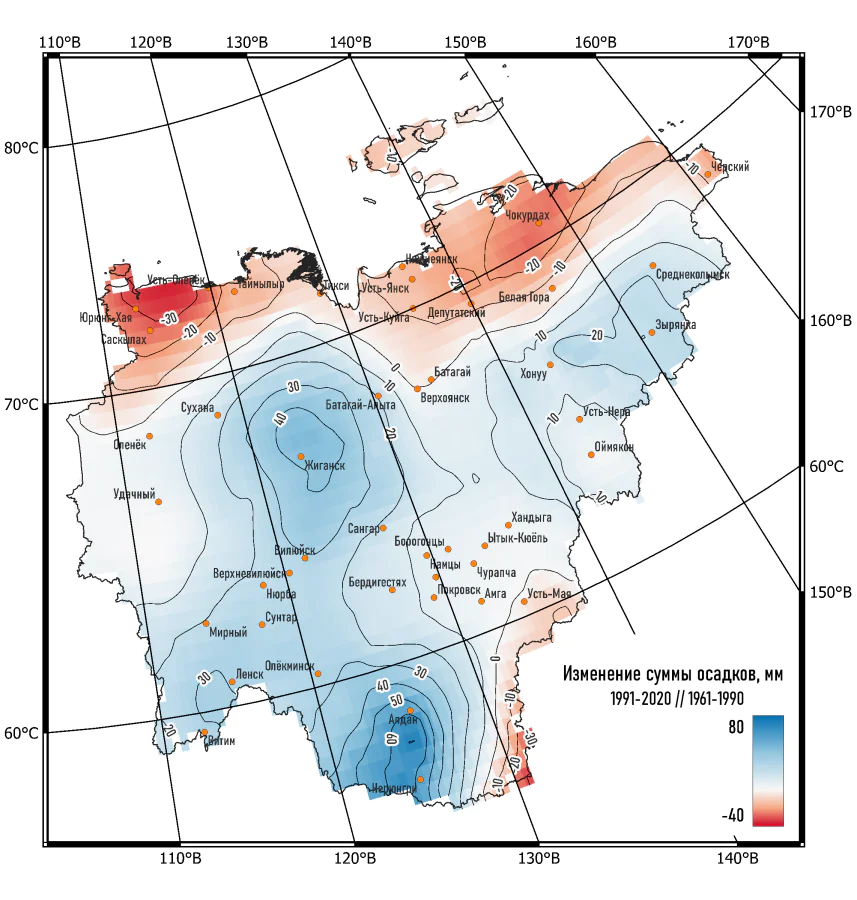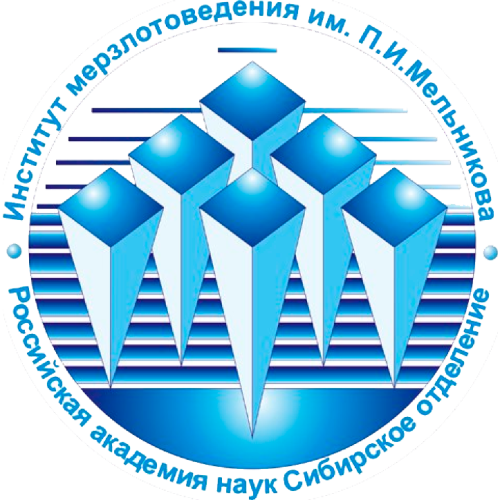Scientific Research Laboratory for the Study of Climate and Ecosystems of the Northern regions
Publications
64
Citations
971
h-index
17
Authorization required.
The laboratory team conducts research in the field of studying the current climate of the regions of the Arctic zone of the Russian Federation, observed and predicted climatic changes, as well as the reflection of these changes in the state of permafrost ecosystems, upper horizons of the cryolithozone, the intensity of biogeochemical cycles and emissions of climatically active gases. The laboratory's area of interest also includes issues of the formation of the microclimate of settlements in the Arctic zone of the Russian Federation, including small rural settlements, circulation processes in the atmosphere of the Northern Hemisphere and their role in the occurrence of dangerous meteorological phenomena.
- Analysis of Earth remote sensing data
- Statistical analysis
- Analysis of climate modeling data
- Instrumental microclimatic observations
Nikita Tananaev
Head of Laboratory
Research directions
Climatic changes and degradation of the cryolithozone in the northern regions of the Russian Federation
+

The project is aimed at studying the regional features of climate change in the northern regions, and creating a theoretical and material base for informed decision-making in the development and application of effective adaptation strategies. The model region is the Republic of Sakha (Yakutia), the largest northern region of Russia, characterized by specific natural and climatic conditions. The project is aimed at studying a complex of problems related to the manifestations of modern climate change in Yakutia, including the analysis of current trends in climate change, the preparation of projections of the future climate and a comprehensive assessment of the effects of climate change on the economy of the republic
Publications and patents
Found
Nothing found, try to update filter.
2022
—
2023
| Тананаев Никита Иванович
Lab address
Якутск, ул. Белинского, 58
Authorization required.







